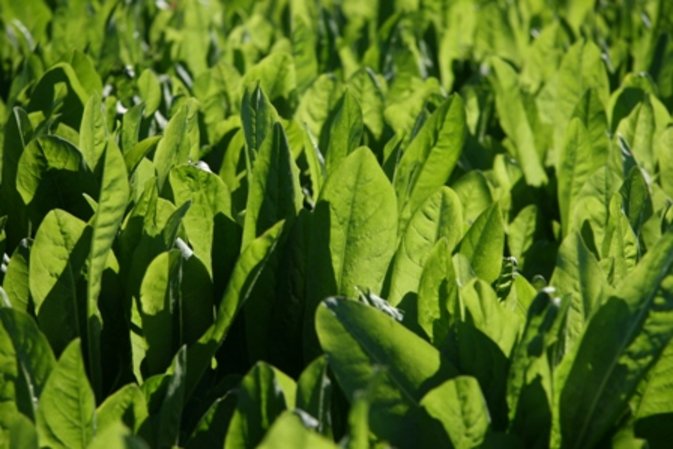New Zealand
August 2016

Whether you’re feeding dairy cows, beef cattle, sheep or deer, a summer crop of 501 Chicory has much to offer this season.
And, as Agriseeds North Island Pasture Systems agronomist Will Henson points out, the benefits are not limited to improved livestock performance, although that is almost always a key deciding factor.
“Animals love chicory, and do well on it, and that’s great,” he says. “But there’s more to the chicory story than contented, well-fed stock.”
The economics of the crop are equally attractive, and it’s also a valuable weed and pest-buster, particularly for the likes of Yellow Bristle Grass and black beetle. Plus it grows more reliably in dry conditions than some other common summer crops.
Will says most dairy farmers can grow 501 Chicory for 14 c/kg dry matter (DM), or half the cost of PKE, thus saving thousands of dollars in bought-in feed this season.
“In most dairy situations chicory can grow 12 t DM/ha, versus an old grass pasture growing 5 t DM/ha over summer. This gives chicory a yield advantage of 7 t DM/ha advantage, and a 14 c/kg DM cost.
“501 Chicory is also much better quality feed compared to PKE or old pasture. It has a metabolisable energy (ME) level of 12.3–13, with 20-26% crude protein, in contrast to PKE which has an ME of 11-11.5 and 14% crude protein. When you compare it to old pasture, the difference is even more noticeable – summer ME for old grass is 9.5-10.5, and protein is 13-18%.
“Even better, you don’t have to feed chicory out mechanically and it is much better utilised than PKE.”
Likewise the crop shapes up well as a low cost high quality summer finishing feed for sheep, beef cattle and deer, too, Will says.
“We believe 501 Chicory is one of the cheapest summer crops to grow for finishing stock.
“In most dryland sheep and beef situations, chicory can yield 10.5 DM/ha, versus an old pasture growing 4 t DM/ha over summer. This gives chicory a 6.5 t DM/ha advantage, and a 15 c/kg DM cost. This compares favourably with alternatives such as leafy turnips.”
Not only is chicory cheaper to grow than other multi-graze finishing crops like leafy turnips, it does not require a gradual grazing transition from grass (stock can go straight onto it) and there is typically less wastage compared with leafy turnip crops, Will adds.
In quality terms, 501 again has the edge over both summer pasture and leafy turnips (12 MJME, 12-18% crude protein).
As for pests and weeds, it’s rapidly become clear that black beetle in particular hates the crop, allowing farmers to effectively serve notice on this costly insect when they prepare paddocks for sowing.
“The proviso here is that all grass must be sprayed out of the chicory paddock, so there is no remaining food source for black beetle or other pasture insects that prefer to eat ryegrass,” Will says. “If this is achieved, no insecticide sprays will be required once the crop is established.”
501 Chicory is also proving to be an excellent break crop for farmers trying to get rid of invasive Yellow Bristle Grass (YBG), because it allows for a triple spray programme prior to re-sowing the chicory paddock with new pasture in autumn.
To get the best results from 501 Chicory, Will recommends the following tips for farmers.
- Sow early (as soon as soil temps are 12⁰C and rising).
- Sow Agricote treated seed at 8-10 kg/ha.
- Sow shallow (never deeper than 1 cm). Pay close attention to depth control when direct drilling.
- Sow with 150 kg/ha of DAP.
- Roll the seed bed. Good seed to soil contact will speed up germination.
- Control weeds, and by doing so control insect pests too. For best results, apply flumetsulam to control broadleaf weeds and clethodim for grasses when weeds are less than 5 cm tall and before first grazing.
- Graze at 25-30 cm height down to 3-4 cm.
- Don’t spray the crop out too late in autumn. New pastures take priority – they must go in early enough to give them the best start.
- Don’t keep the crop for a second summer. It might look great in autumn, but it will open up in winter, and go to seed next summer reducing yield and quality